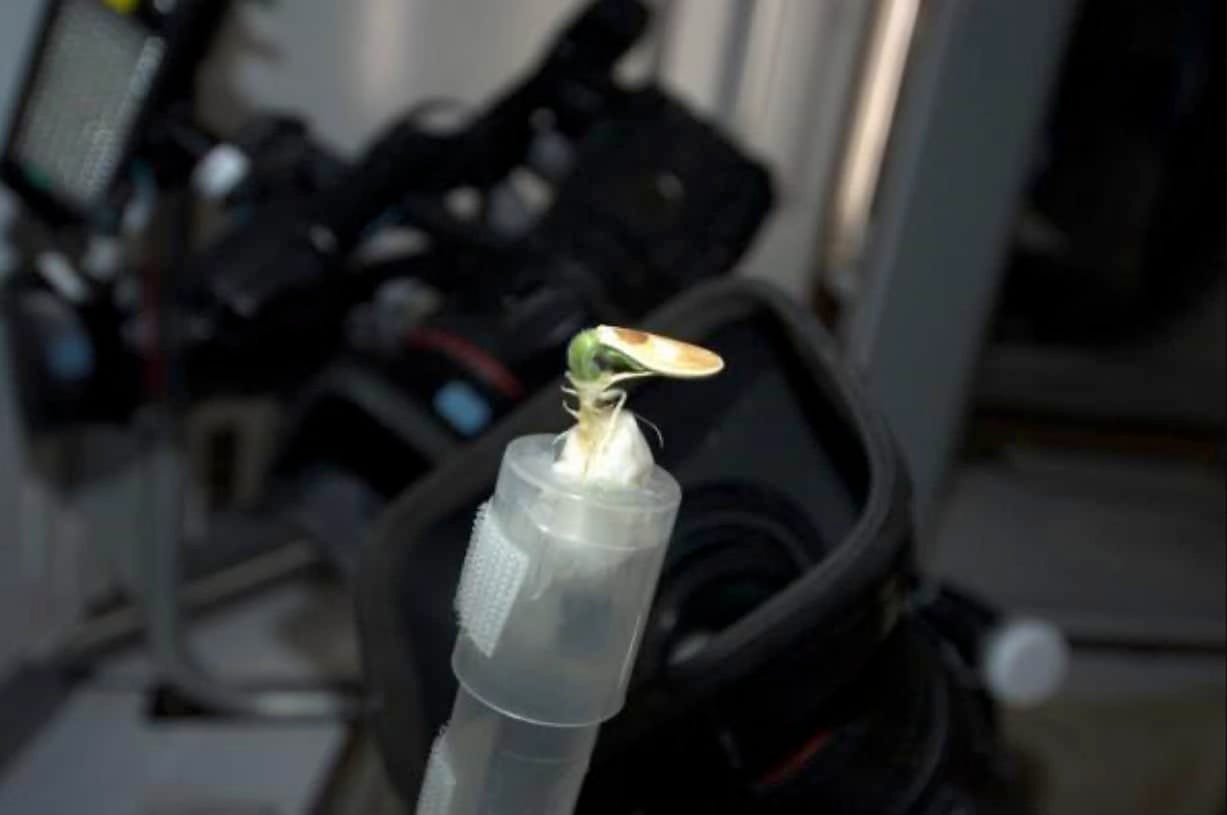Gardeners of the Galaxy Mission Report: 29 October 2024
Your weekly round-up of astrobotany news and adventure. This week we've got cockroaches in space, upcoming astrobotany experiments, a Plants For Space media day and a Selenar Fungi update.
Hello, Gardeners of the Galaxy! Welcome to this week's Mission Report.
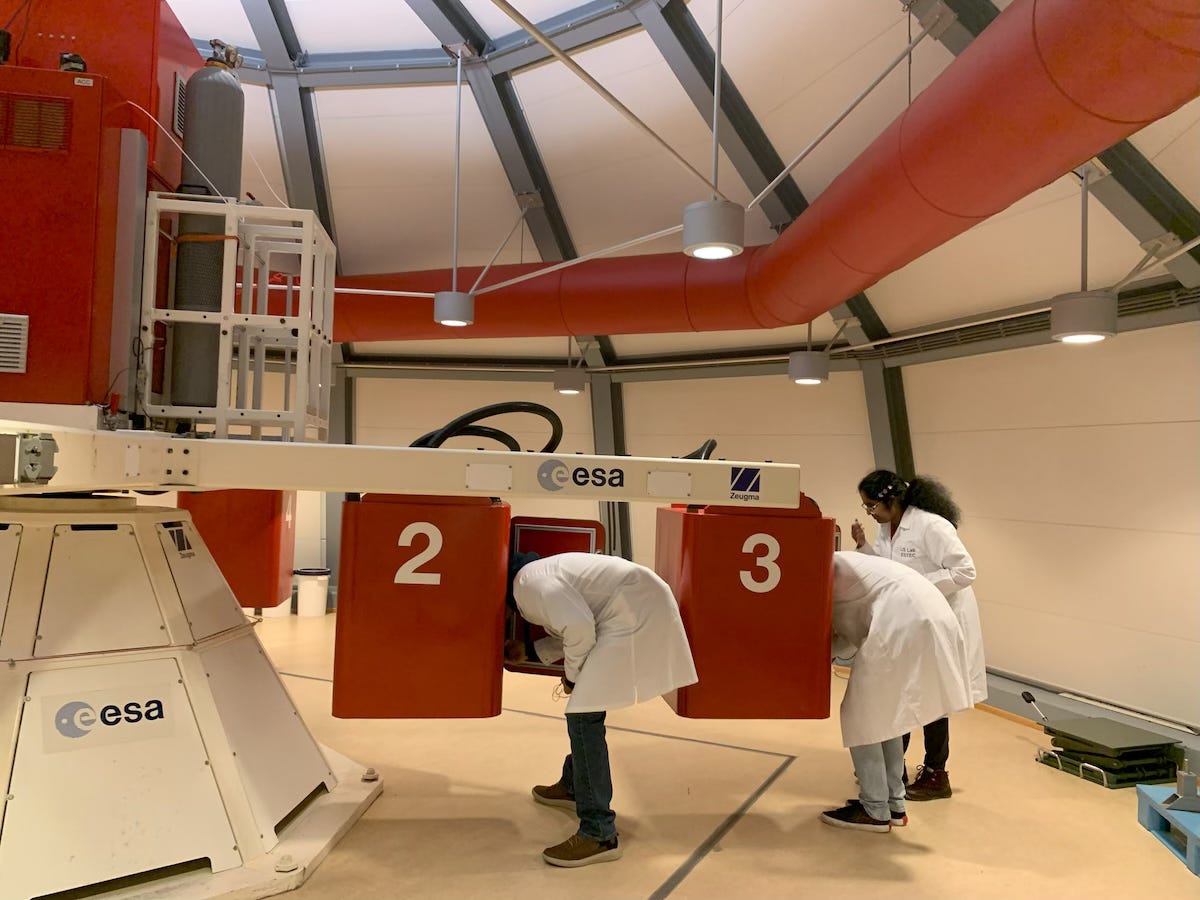
The Selenar Fungi team have successfully conducted their Random Positioning Machine (RPM) and the Large Diameter Centrifuge (LDC) experiments at ESA’s ESTEC facility in the Netherlands. Their work is on cultivating lettuce with mycorrhizal fungi in a regolith simulant in a simulated lunar environment and at higher gravity, with the aim of understanding the impact of gravity on the mycorrhizal symbiosis.
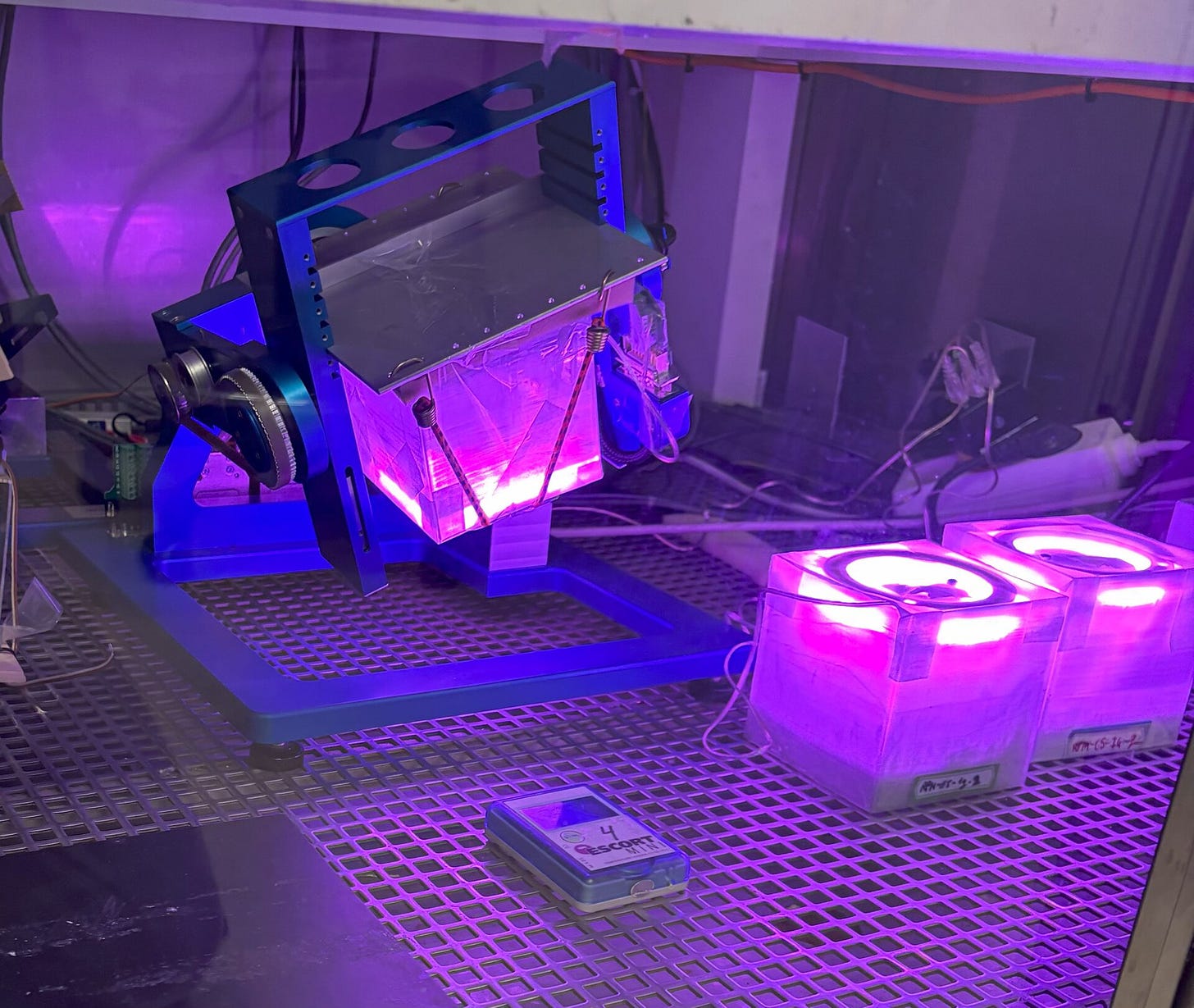
Now that the experimental campaign is complete, the four members of the team have returned to their home universities to process the data and prepare scientific publications. Subsequent analysis of the samples will be conducted at the University of Iceland. The ultimate objective is to identify a statistically significant relationship in the data that could offer valuable insights into sustainable lunar space exploration and habitation.
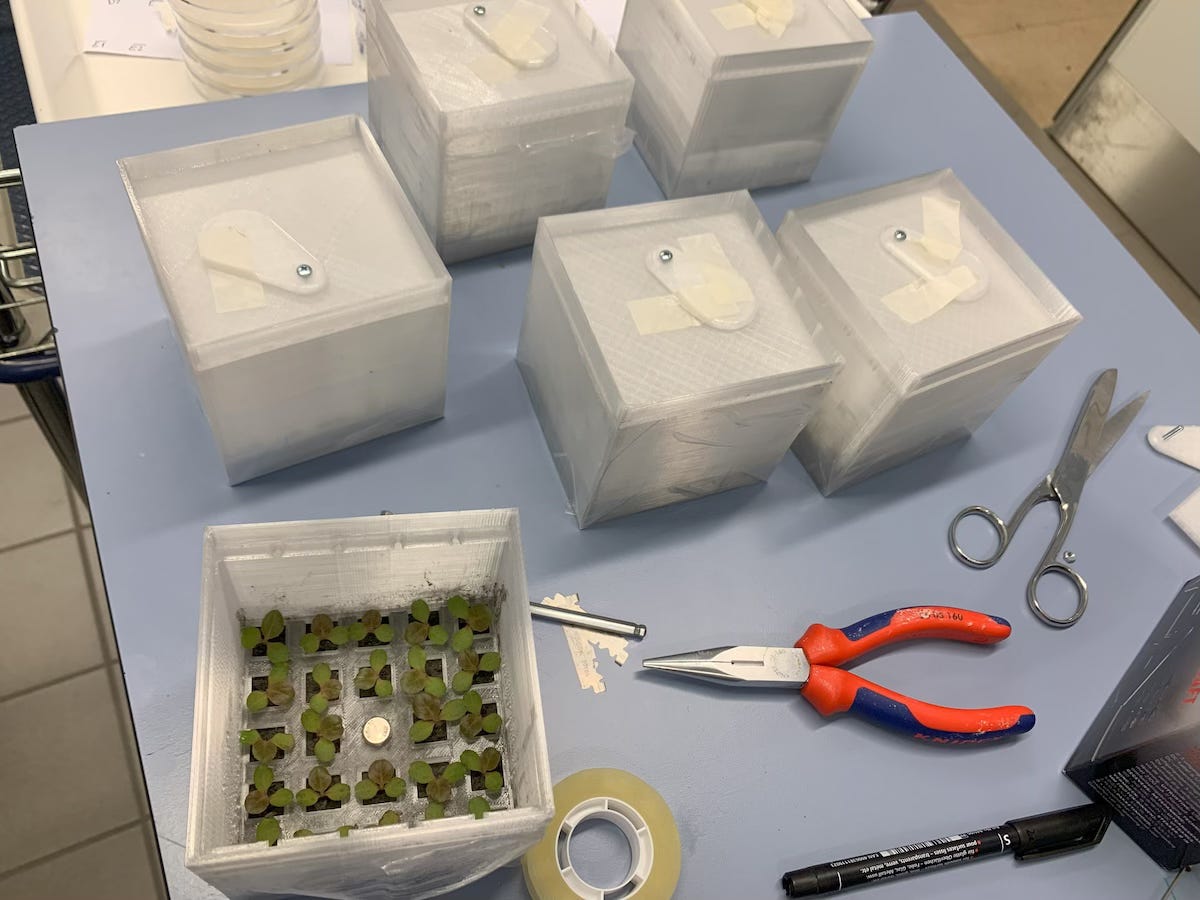
Read more: A groundbreaking campaign for team Selenar Fungi
In other news...
NASA and SpaceX are targeting no earlier than Monday, 4 November for the launch of the upcoming CRS-31 resupply mission to the International Space Station. The payload will include Plant Habitat-07, an experiment to grow ‘Outredgeous’ romaine lettuce in the Advanced Plant Habitat, and ARTEMOSS.
This may be the closest anyone has gotten to growing a pumpkin in space. However, all is not lost on the spooky season front, because researchers in Poland have developed an insect bioreactor to recycle organic waste in space, and it produces edible cockroaches! Yum!
Read more: Cockroaches in Space
The ARC Centre of Excellence in Plants for Space is hosting a media day to showcase their work on mastering crop growth in microgravity to designing the next plant-based innovations. Journalists lucky enough to be able to get to Urrbrae, SA, Australia, [yes, I am sulking] can step into an immersive Mars experience and learn about the upcoming seven years of research and the fascinating breakthroughs happening at the Centre.
Get tickets: Plants for Space: Advancing Research for the Future
The CNSA says that the Shijian-19 reusable satellite carried seeds from about 1,800 plant materials and over 1,000 microbial species. These included major agricultural products from multiple countries, such as rice seeds from Thailand and wheat, rice, corn, and bean seeds from Pakistan. Another article lists cotton, rape [canola], melons, and fruits. Rows of jars containing crop varieties bred from space seeds, featuring traits like high yield, strong resistance to disease, and salt-tolerance are on display at the Chinese Academy of Agricultural Sciences (ICSCAAS).
Read more: China delivers scientific payloads from reusable satellite Shijian-19 to users, New Momentum | Shijian-19's space seeds mark China's huge strides in mutational breeding
Systems designed to cultivate plants in microgravity were among the latest breakthroughs in aerospace technology and innovation on display at the 2024 International Astronautical Congress (IAC) exhibition in Milan.
A team of students from Colorado is studying crystalline structures with the hope of improving fertilizers, manufacturing, and potentially even medicine. Their experiment - Calcium Sulfate Crystal Growth in Microgravity - will be launching on CRS-31 as part of SSEP Mission 18.
Read more: Local students to send experiment into space
The Indian Space Research Organisation (ISRO) and Department of Biotechnology (DBT) have signed a memorandum of understanding for long term collaboration on space biotechnology. The collaboration will focus on microgravity experiments, including five that have been long-listed for the upcoming Axiom-4 mission, where Indian astronaut Subhanshu Shukla will travel to the International Space Station. They include the impact of microgravity on edible algae, and the growth of cyanobacteria with urea in space.
Read more: ISRO, Department of Biotechnology to work together on space biotech

NASA Administrator Bill Nelson recently predicted that humans will travel to the planet for the first time in the 2040s. “Matt Damon showed us that we can raise potatoes on Mars,” he joked, referencing the actor’s hit 2015 film The Martian. “That’s not too far off, by the way. I have actually seen plants growing in lunar soil that we brought back a half a century ago.”
Read more: NASA head: Matt Damon’s potato farm on Mars isn’t ‘too far off’
A recent pre-print titled “Self-sustaining Living Habitats in Extreme Environments”, by Harvard scientist Robin Wordsworth and Professor Charles Cockell, University of Edinburgh, examines the possibilities of specific types of organisms arising on worlds where habitability might not fit the “standard definition.” There’s a lot to unpack in the team’s paper, but the TL:DR summary says that life CAN exist in a variety of situations, provided certain parameters are met. And, they don’t have to be strictly Earth-like. But for the best chances, those organisms need to be photosynthetic and live in a place where sunlight from the system’s star can get through.
Read more: Life Can Maintain a Habitable Environment in Hostile Conditions, Does alien life need a planet to survive? Scientists propose intriguing possibility
Australian teachers can take their students on a free space adventure this term, joining in with the latest Magnitude.io mission as it launches on CRS-31. The experiment will use research grade seeds from the Australian Pastures Gene Bank, ascension Jemalong A17.
Find out more: Simple Seeds – Join Exolab 11
NASA has published a second edition of ‘Human Adaptation to Spaceflight: The Role of Food and Nutrition’, the agency’s effort to review available literature regarding the role of nutrition in astronaut health. It presents data from ground-based analog studies, designed to mimic one or more conditions similar to those produced by spaceflight, as well as a review of spaceflight research from the ISS, Mir, Skylab and Apollo.
Download now: Human Adaptation to Spaceflight: The Role of Food and Nutrition
70% of the stars in our galaxy are tiny, cool red dwarfs, also known as M-dwarfs. 41% of those have a planet orbiting in their habitable zone. These ‘M-Earths’ differ from our home in fundamental ways, and most are probably tidally locked. These M-Earths have no days, no nights and no seasons. But life on Earth, from bacteria to humans, has circadian rhythms tuned to the day-night cycle.
Are you enjoying the Mission Report? Buy me a coffee to say thanks!
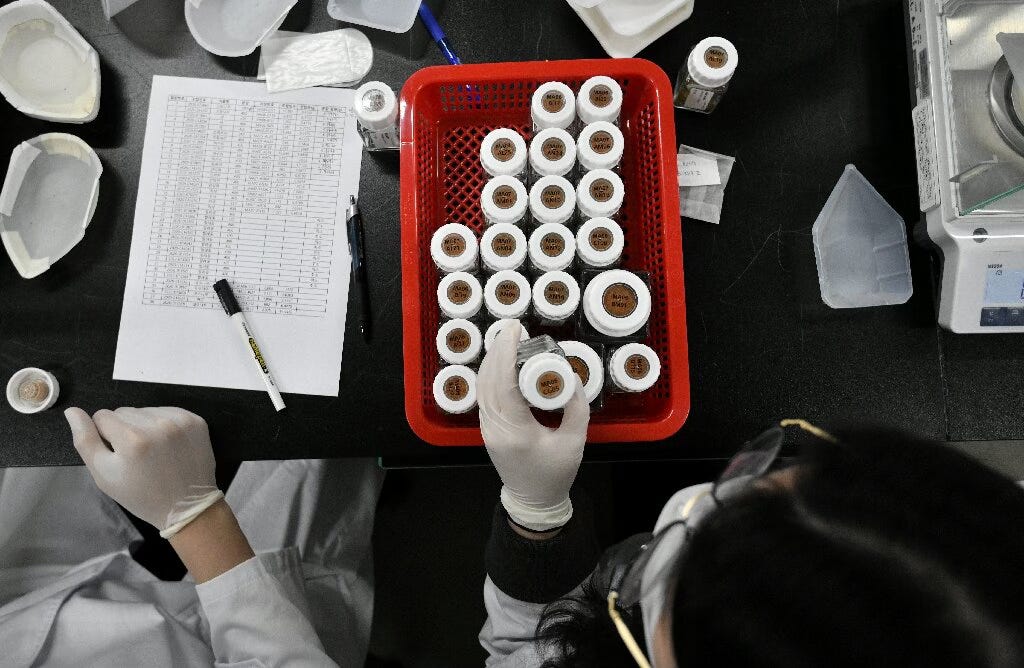
I didn’t know that there is a seed vault in South Korea. The Baekdudaegan National Arboretum Seed Vault Centre is built inside a mountain tunnel designed to withstand a nuclear blast. In 2021 it was home to nearly 100,000 seeds from 4,751 different wild plant species, ensuring they are not lost to apocalyptic events.
Read more: Last resort: the seeds kept safe in a South Korean mountain
When Isabella Dalla Ragione assesses a Renaissance painting, she doesn’t immediately notice the brushstrokes or the magnificence of the imagery. The first thing she notices is the fruit. In fact, she has spent more than a decade scouring the masterpieces of 15th- and 16th-century art for answers to one of the great questions of Italian agriculture: Whatever happened to the boisterous selection of fruits that, for centuries, were a celebrated part of Italian cuisine and culture?
If you want to seriously fortify yourself against dark magic, there are three edible plants that stick out as the mightiest, including one you probably already have in your kitchen.
Read more: Banishing Evil With Edible Plants
Geomorphologist Sanja Faivre and her team at the University of Zagreb in Croatia have developed a new technique for sleuthing out ancient earthquakes, using Lithophyllum byssoides, red coralline algae commonly found in the Mediterranean
Read more: Algal Allies Help Sleuth Out Ancient Earthquakes
Watch It!
Thank you for reading the Gardeners of the Galaxy Mission Report — your support allows me to keep doing this work. Don’t forget, you can let me know what you thing of the newsletter by filling in the 2024 reader’s survey!
I'll be back in your inboxes next week. Thanks for reading and being part of the Gardeners of the Galaxy community.
Ex solo ad astra,
Emma (Space Gardener)



